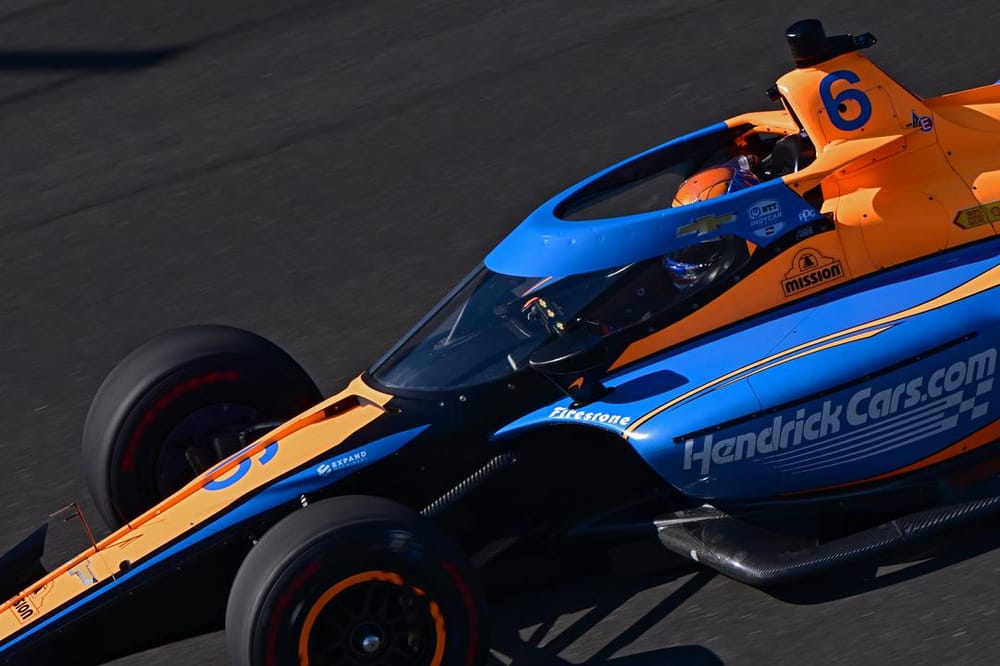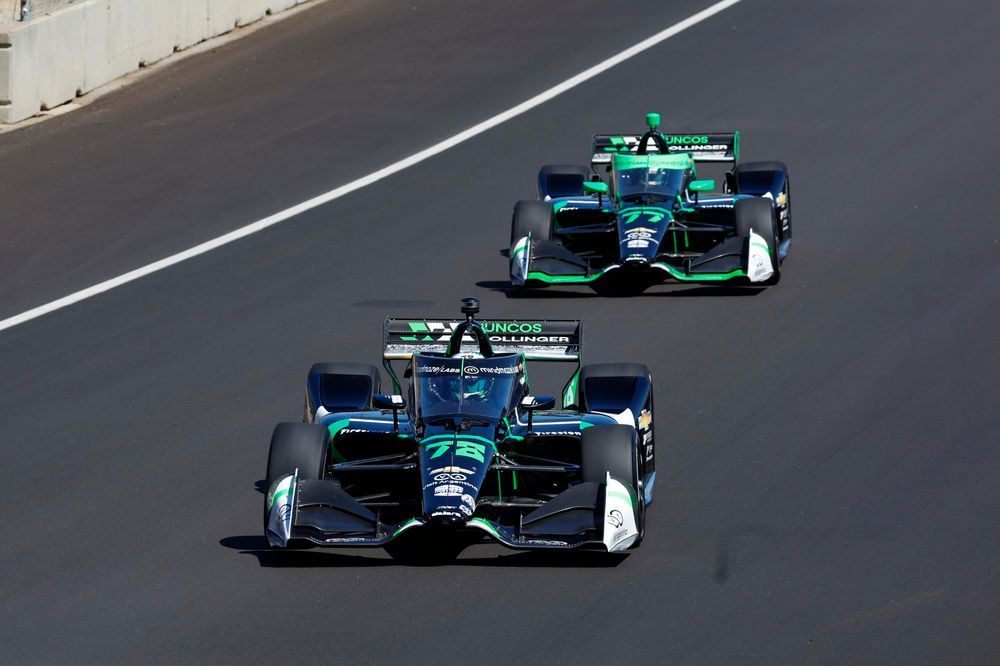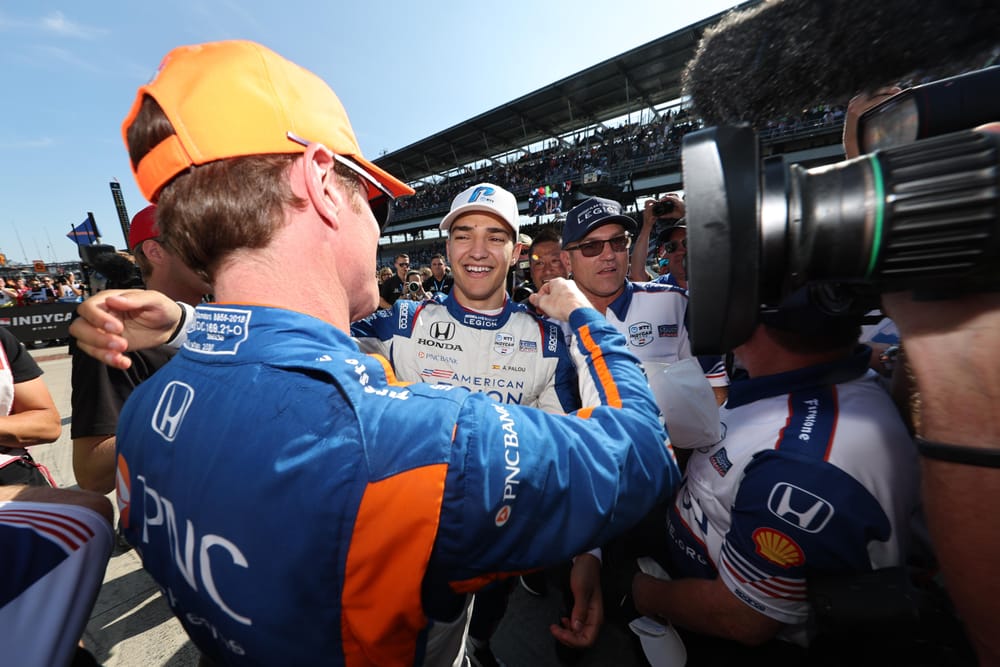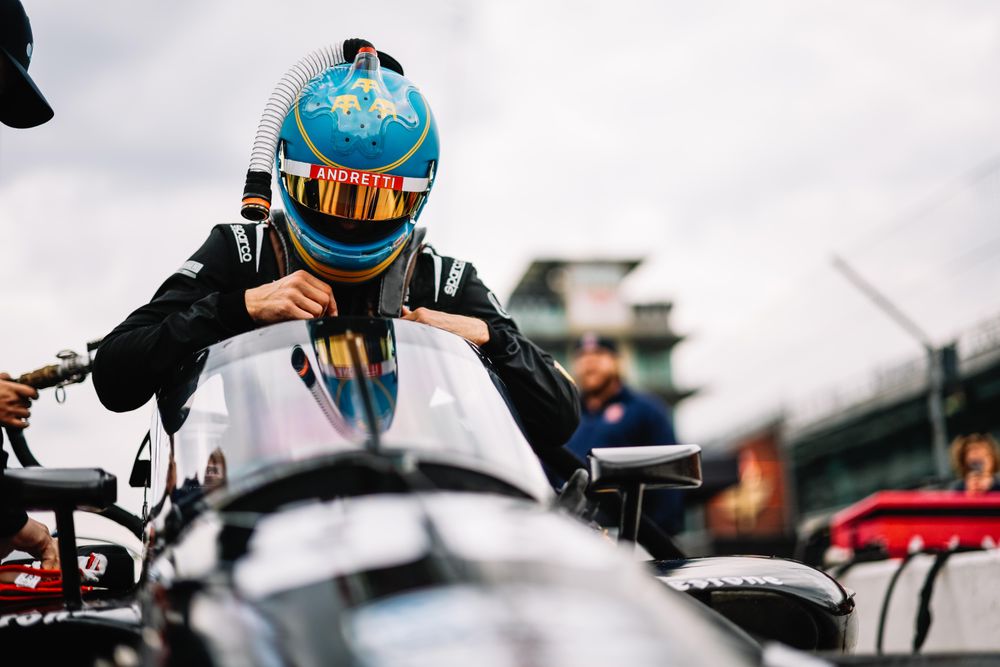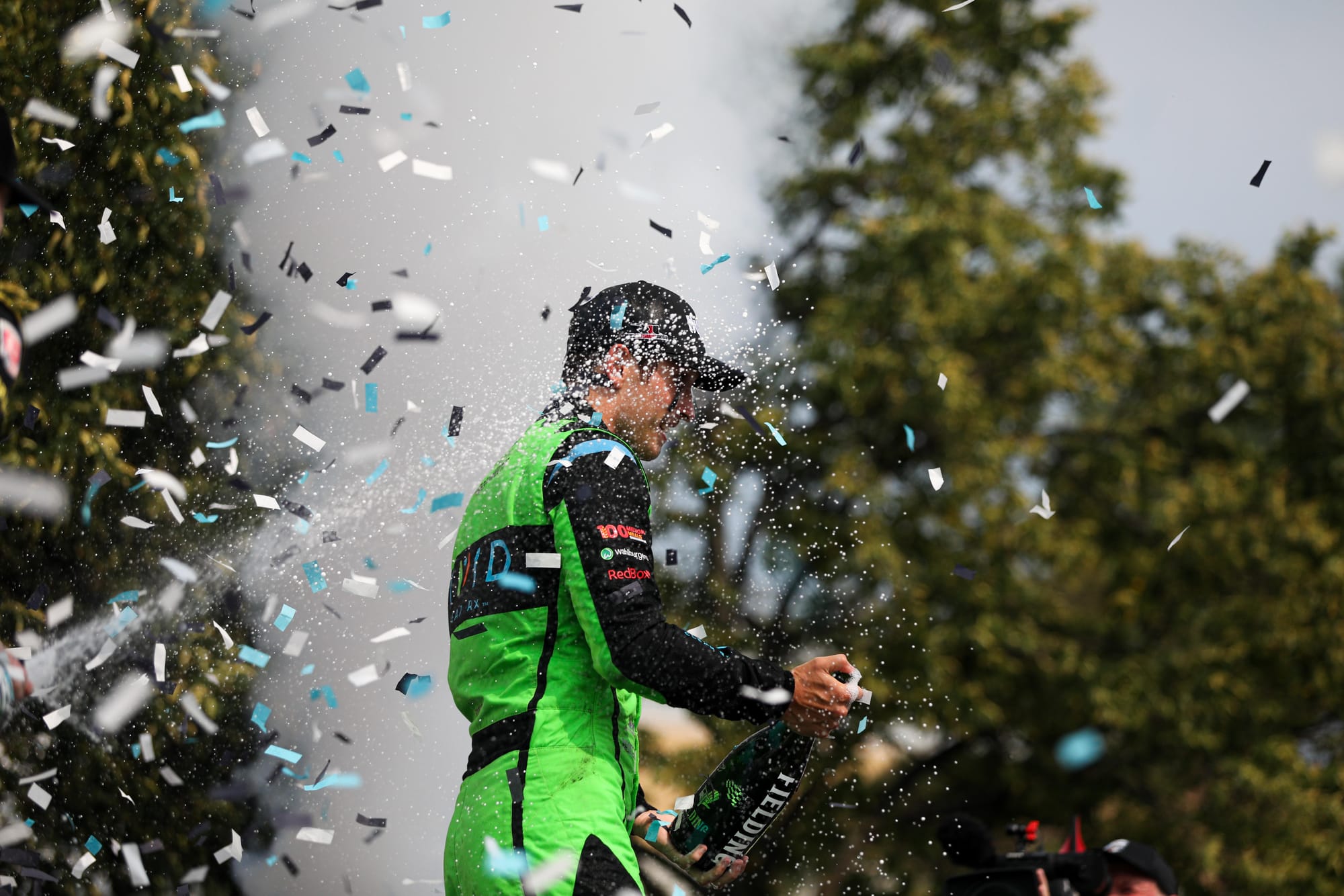IndyCar is rarely short of a storyline, and 2024 will be no different.
With that in mind, we've picked out five things to watch this year - from ex-Formula 1 starts trying to reignite their careers in different ways, to the ideological crossroads the series finds itself at, and one of the biggest Indianapolis 500 debuts ever.
Romain Grosjean, Marcus Ericsson, Kyle Larson and whether anyone can stop Alex Palou all feature in our preview of the year ahead, which could have featured hundreds of entries but we've tried to keep things concise.
We've also posed the questions in podcast form, so you can either listen below or read our written summary.
Can Grosjean reignite his IndyCar career?
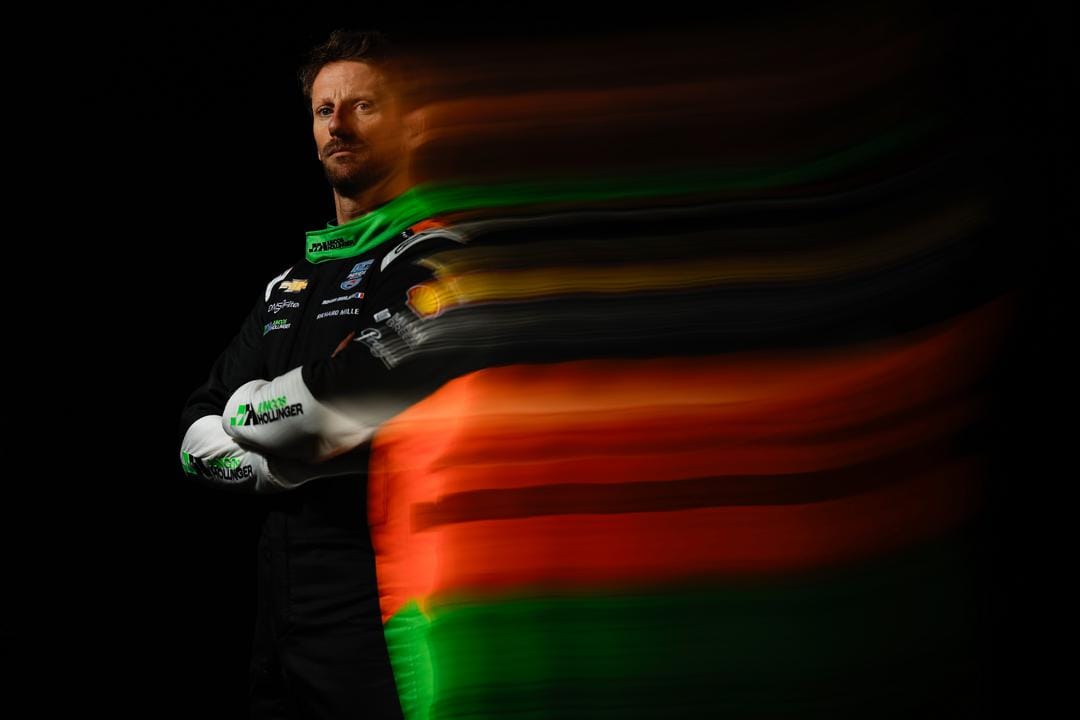
As a neutral, once the excitement wore off that one of IndyCar’s blockbuster names had found a way to stay on the grid at Juncos Hollinger after being dropped by Andretti, the next question was: What does Romain Grosjean want to achieve here?
The Race IndyCar Podcast co-hosts Jack Benyon and JR Hildebrand are in agreement that only something extraordinary could lead to a Penske or Ganassi seat in the future. And Andretti is a burned bridge. There aren't any top teams left other than McLaren and Rahal Letterman Lanigan.
So what stops Grosjean just being here to collect a cheque?
His ego.
There’s no way Grosjean will turn up to do anything other than score the best results he’s capable of. Whether he can depends a lot on how much understeer is in the Juncos car, how much off-season development was made, and how much sophomore team-mate Agustin Canapino steps up from an already mightily impressive first season.
A lot has been made of how Grosjean did well in a smaller team at Dale Coyne. He’s going to have to replicate that form at Juncos to have any shot at moving to a bigger team but, for now, he can use his vast experience to try to push Juncos further up the grid.
Can the six-time champion prove he's no sidekick?
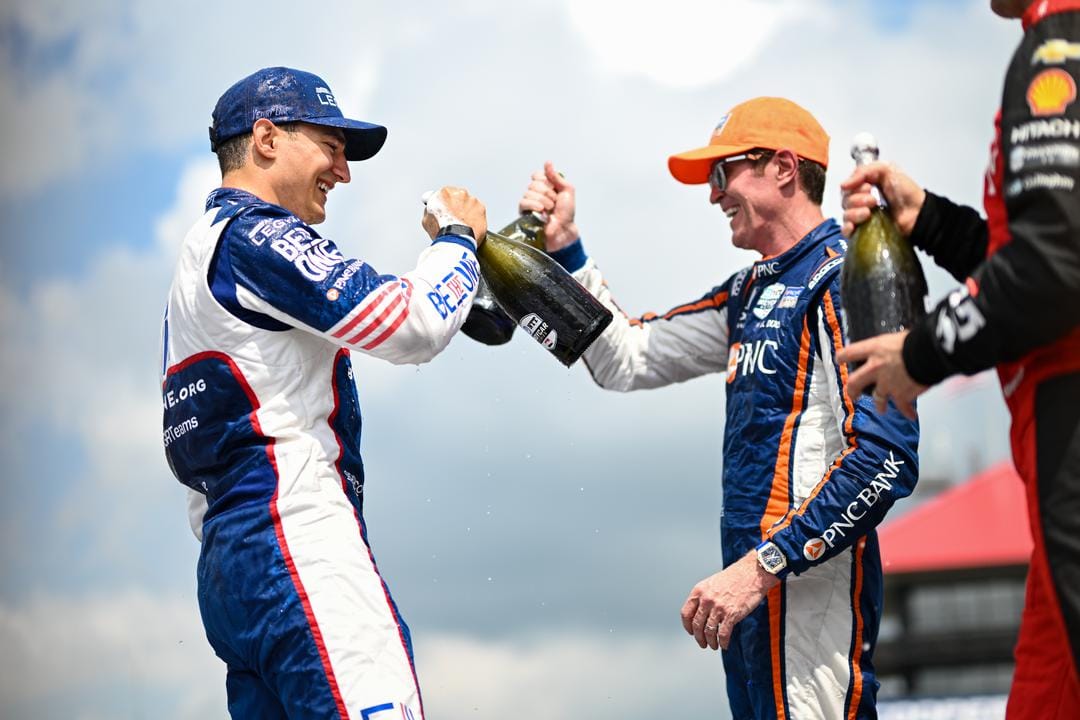
Frankly, typing the above heading felt ridiculous - mainly because short of being dumped out of the Long Beach race through no fault of his own last year, Scott Dixon finished no worse than eighth in 16 races and won two of the last three, as he was the last contender with a shot of catching eventual champion Alex Palou.
It’s only really Dixon’s advancing age that creates any doubts or questions about his abilities. But the only strike against him last year, which applies to two of the last three seasons, is that Palou has beaten him.
Assuming he is taking the approach most drivers will - putting Palou’s dominant year down to good fortune as much as anything like questioning ‘is he really that much better than us?’ - then Dixon was the best of the rest last year.
Hildebrand also reckons that this might be the first year in three or so in which Dixon has no major personnel changes going on in his crew, so that continuity might help him come out fighting.
Of course, Dixon’s not Palou’s only challenger and the Penske trio, Pato O’Ward, and at least one of the Andretti drivers could be in the equation. Whoever brings their absolute best might have a chance at beating Palou.
Will Ericsson end Andretti’s IndyCar stagnation?
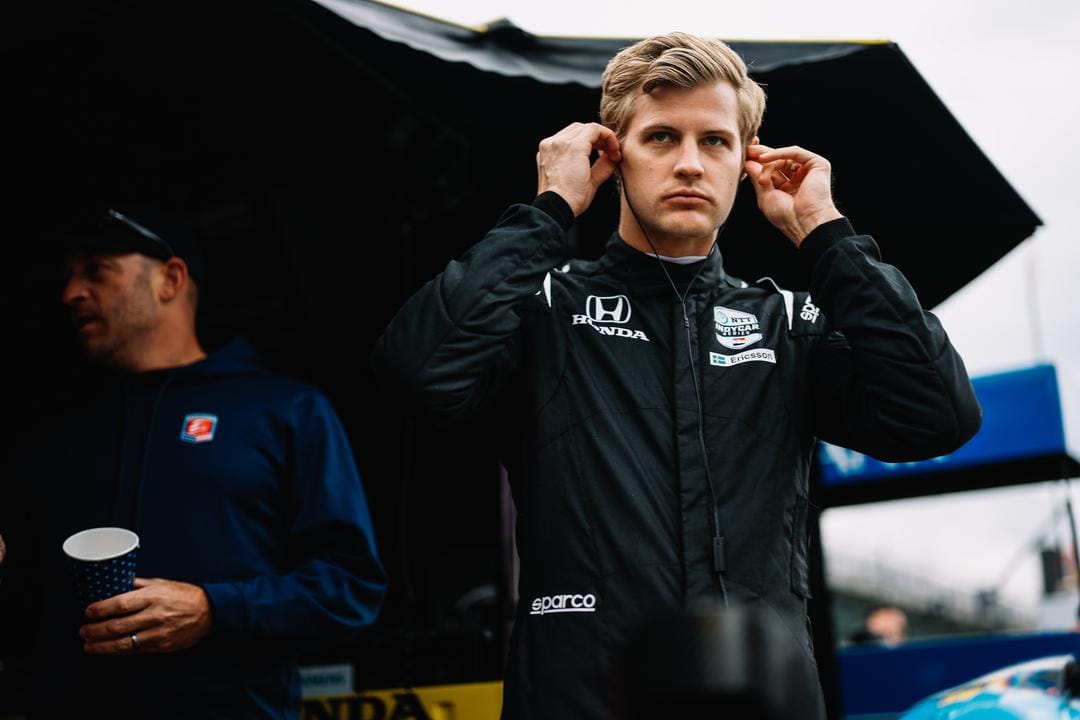
Marcus Ericsson has already done more than his F1 doubters would ever have expected since his switch to IndyCar. He’s a race winner, regular championship contender, and has quickly become a leading driver at one of the toughest races to master in motorsport: the Indy 500.
His supporters will know that potential was always there, and while IndyCar might not be the calibre of F1 it’s certainly cut-throat competitive.
He comes to Andretti at a time when its sickeningly fast young drivers Colton Herta and Kyle Kirkwood need a leader who can match their speed but also help show them the way forward when it comes to tyre preservation, racecraft, and consistency.
Ericsson won’t sit Herta and Kirkwood down in a classroom to teach them these skills, and he's not night-and-day better than those two to warrant that treatment, either. But tyre management and conservative but effective racecraft are his calling cards and that’s what Andretti’s lacked in recent years.
At worst, Ericsson will have the same trouble in races Herta and Kirkwood have had and the execution from the team won’t improve. At best, he’ll be an immediate championship contender able to extract the maximum where Andretti is devastatingly quick and ride the wave to maximise points when it’s not as strong.
And at the Indy 500, he’s a great benchmark.
An Andretti-built car won that race in 2021. Kirkwood was heading for a victory fight before he was taken out last year, so the potential is there. With a bit of direction, knowledge from Ganassi, and a clever driver behind the wheel, you certainly can’t count out Ericsson.
The hybrid conundrum and what comes next
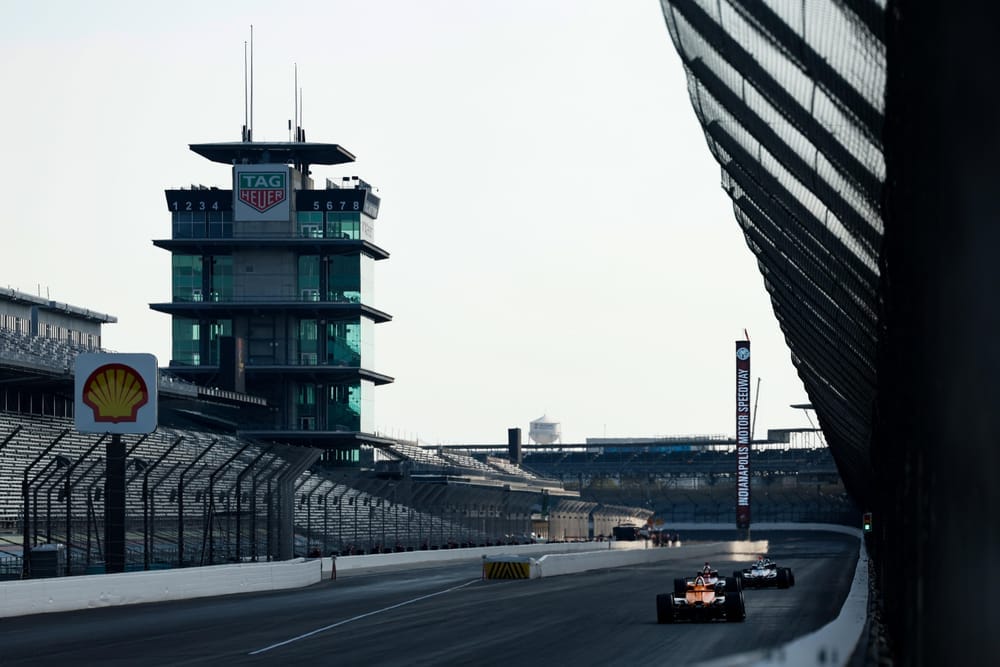
If you aren’t up to speed on this topic, you can catch up here. But put simply, IndyCar has delayed its hybrid package for a third time, and won’t be specific on when it will make its race debut.
It could be introduced somewhere around the halfway point of the season, around the Mid-Ohio date, and that will trigger a new set of questions. Has everybody had an equal amount of testing? How will the new units impact the championship fight that's been brewing until that stage? Can the smaller teams eat the cost of this delayed project and the difficulties that come with it?
In an alternative universe, IndyCar (sensibly) delays the rollout until 2025.
Either way, the series needs to unveil a plan for its future as it can’t keep delaying hybrids and running a car that is 12 years old and counting forever.
A meeting with key stakeholders earlier this month led to some drivers promising big things coming in the following months. They need to be really big things that define IndyCar’s future direction, if the series is to be successful.
Can a NASCAR driver win the Indy 500?
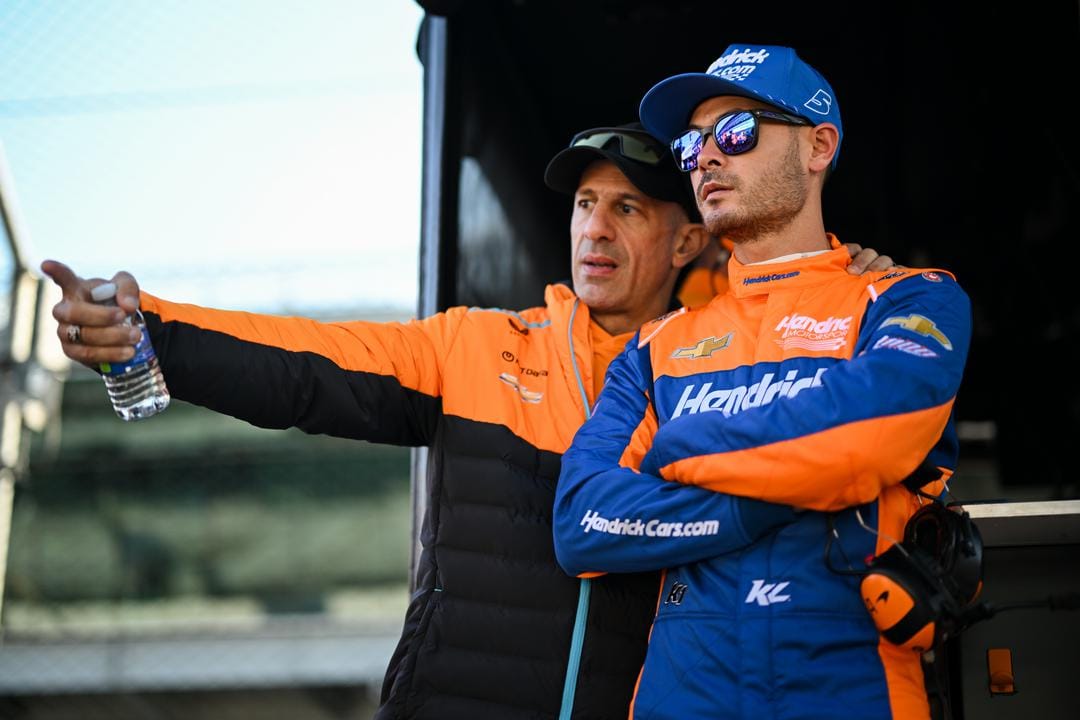
It’s a sign of the esteem Kyle Larson is held in that he is even being considered as a potential winner ahead of his first Indy 500.
It seems that Larson wins in any car he gets in, in a nod to days gone by where the likes of Mario Andretti and AJ Foyt would race multiple times a week in everything from local dirt track events to the Indy 500 and Daytona 24 Hours.
Is a win possible? Of course! But to expect one, that’s ludicrous.
Other drivers have contended for the victory on their debuts, but none in recent seasons. The current formula often means the car is on a knife edge especially when you get worn tyres late in a stint, and oversteer at 230mph-plus is not recommended or often saveable.
Grosjean, Palou, Jimmie Johnson, Callum Ilott, and David Malukas are all drivers who have been caught out in recent years.
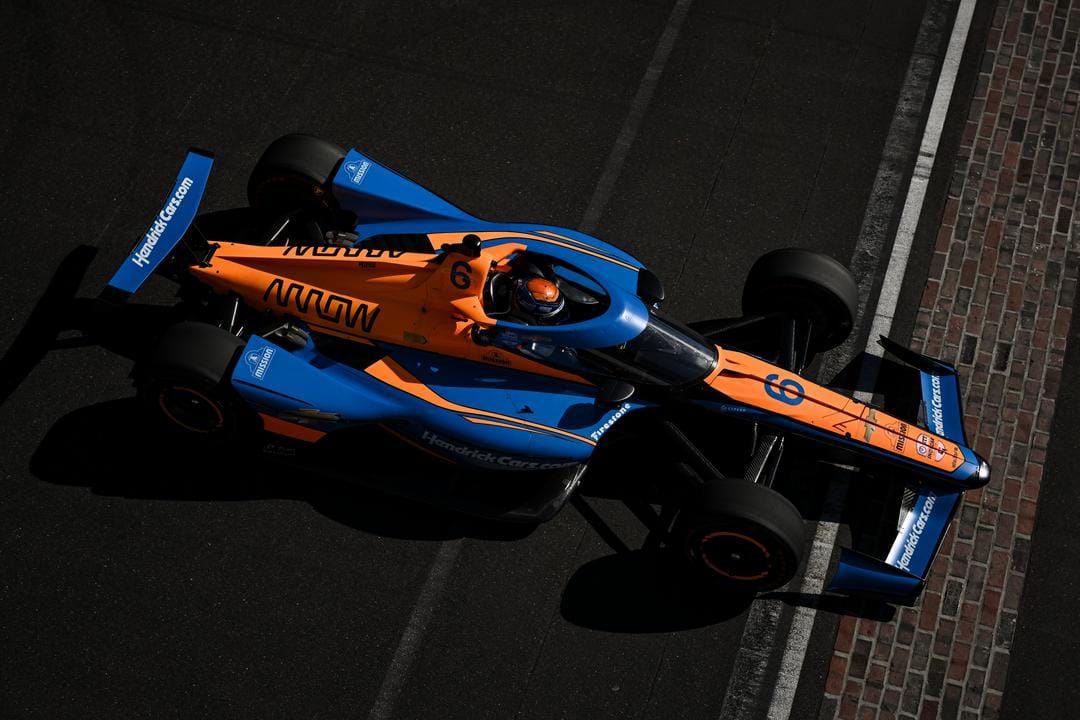
Before even thinking about that, Larson will have to beat O’Ward, easily one of the most impressive drivers over the last five years at the event, who will be equipped with the same machinery from the McLaren stable.
And that’s before you consider that Honda could turn up with a breakthrough that relegates all of the Chevrolet cars to second-best status. Honda has had the best package for the last few years, after all.
So, you see, it’s almost impossible to pick an Indy 500 winner from a list of favourites, never mind trying to factor a rookie in.
We might be eating our words come May, but a top 10 would be a great building block for what will be a sustained assault on the Indy 500 for Larson.


